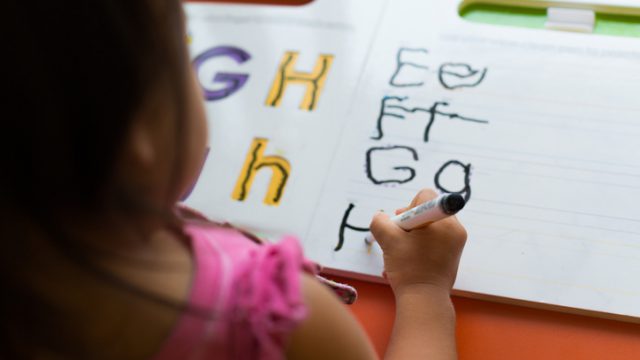Visualising the school-to-work transition: an analysis using optimal matching
 Pub. Date
Pub. Date
 Pub. Type
Pub. Type
This paper studies the school to work transition in the UK with the aim of achieving a richer understanding of individuals’ trajectories in the five years after reaching school leaving age. By applying the technique of ‘optimal matching’ on data from 1991 to 2008, we group individuals’ trajectories post-16, and identify a small number of distinct transition patterns. Our results suggest that while 9 out of 10 young people have generally positive experiences post-16, the remaining individuals exhibit a variety of histories that might warrant policy attention. We assess the extent to which characteristics at age 16 can predict which type of trajectory a young person will follow. Our analysis shows that, despite the apparent heterogeneity, virtually all at-risk trajectories are associated with a relatively small set of key 'risk factors': early pregnancy; low educational attainment and self-confidence; and disadvantaged family background. These characteristics are known to be strongly correlated across individuals and raise concerns about the degree of socio-economic polarisation in the transition from school to work.
The authors are grateful for the support received by the Nuffield Foundation (grant ref EDU/39082). The opinions expressed are those of the authors, and do not necessarily reflect those of the Foundation.















